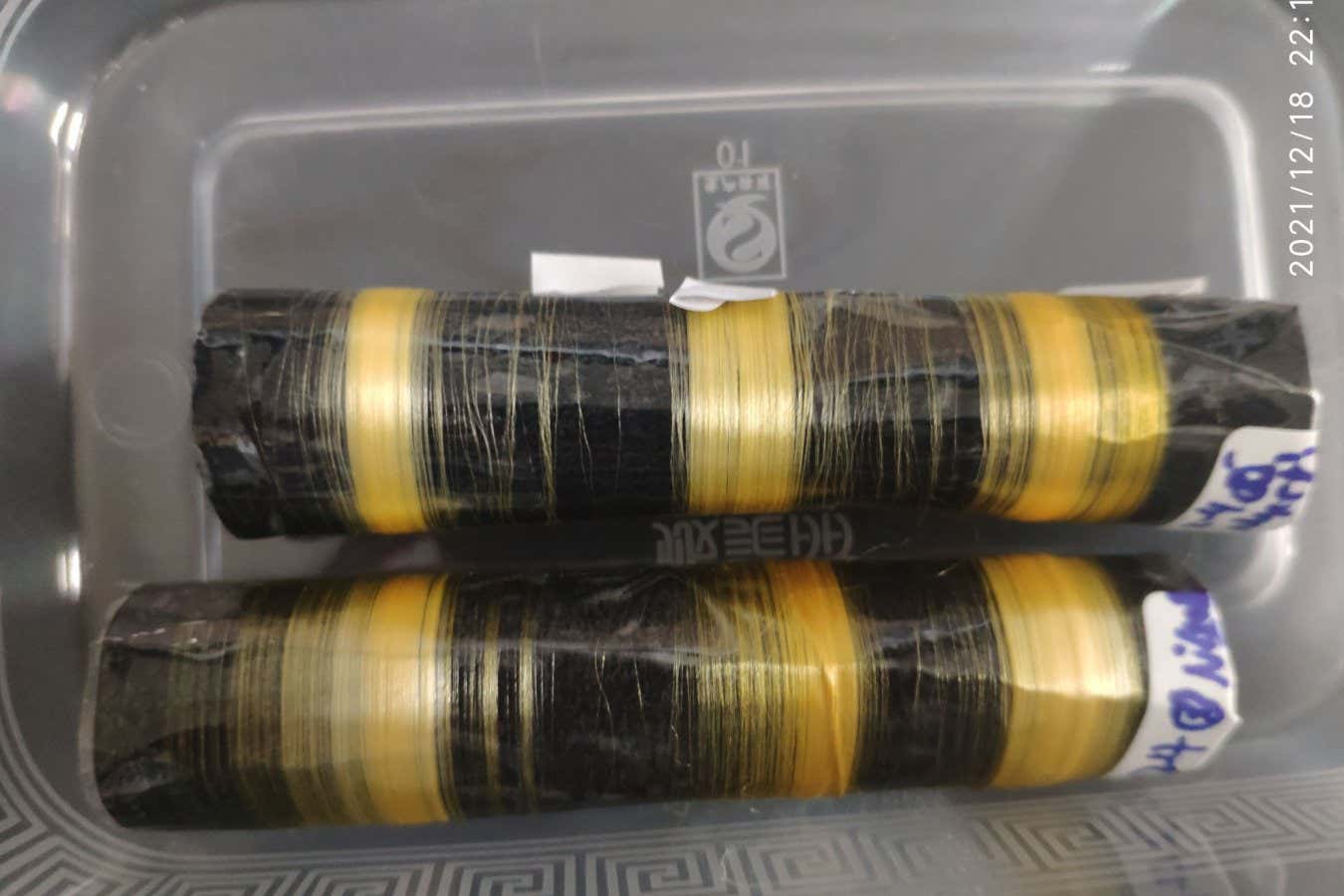Researchers at Donghua University in China have successfully genetically engineered silkworms to produce pure spider silk using the CRISPR technique. This breakthrough could pave the way for the scalable production of spider silk, a material known for its strength, flexibility, and lightness.
Spider silk is being explored as a greener alternative to synthetic fibers, which are derived from fossil fuels and release harmful microplastics into the environment. However, farming silk from spiders directly is challenging as they tend to cannibalize each other and only produce small amounts of silk. For instance, it took over a million golden orb-weaver spiders’ silk to create a shawl displayed at the Victoria and Albert Museum in London.
To overcome these limitations, previous studies have focused on genetically modifying silkworms to produce spider silk instead of their own silk. Silkworms are easier to farm and yield larger quantities of fiber. However, the silk produced by these modified silkworms has been less than 36% spider silk.
In this study, the researchers used CRISPR to insert the genes responsible for spider silk production into the silkworms’ genomes. The resulting silkworms produced silk that was 100% spider silk and exhibited impressive properties. It could withstand a stretching force of 1299 megapascals without breaking, making it 1.3 times stronger than nylon. Its toughness, measured by the energy it could absorb under impact, was 319 megajoules per cubic meter, making it six times tougher than Kevlar.
In addition to these characteristics, the engineered silkworms also naturally applied a protective coating to the spider silk, similar to what spiders themselves produce. This coating is expected to enhance the durability of the fibers compared to artificially created spider silk.
The production of spider silk by genetically engineered silkworms has the potential to enable cost-effective mass production of this valuable material. It could be used for various applications, such as surgical suturing thread and bulletproof vests. The researchers have already tested the spider silk as a suturing thread in rats and observed better wound healing compared to traditional nylon threads.
This breakthrough opens up new possibilities for the production of spider silk and its utilization in various industries. The development of genetically engineered silkworms as an “all-in-one station” for spider silk fiber production could revolutionize the way we obtain this remarkable material.








